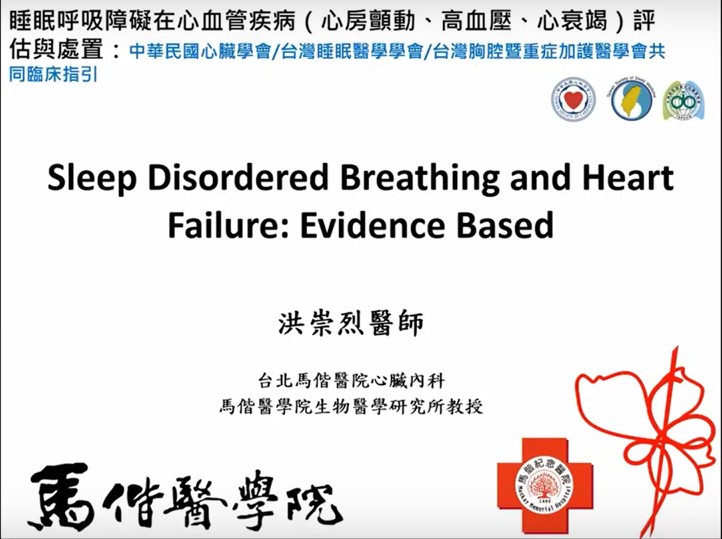
Heart failure is the first discovered sleep apnea-related cardiovascular disease, described in patients close to death who presented signs of heart failure with waxing and waning respiratory pattern (Hunter-Cheyne-Stokes respiration) in early 19th century, and is now recognized to be prevalent in patients with heart failure. The prevalence of moderate or severe sleep apnea in patients with heart failure with reduced ejection fraction is between 47% to 61%, in which the proportion of central sleep apnea (CSA) was equal or higher than obstructive sleep apnea (OSA) comparing to the general population whose sleep apnea is almost exclusively obstructive type. While CSA has been shown to be a possible consequence of HFrEF, on the contrary, OSA likely plays a role in the pathogenesis of HFpEF. Herein, we will review prior evidence regarding the association of sleep disorder or sleep apnea with HF, either HFrEF or HFpEF, and also the updated information regarding possible treatment options for these disorders.